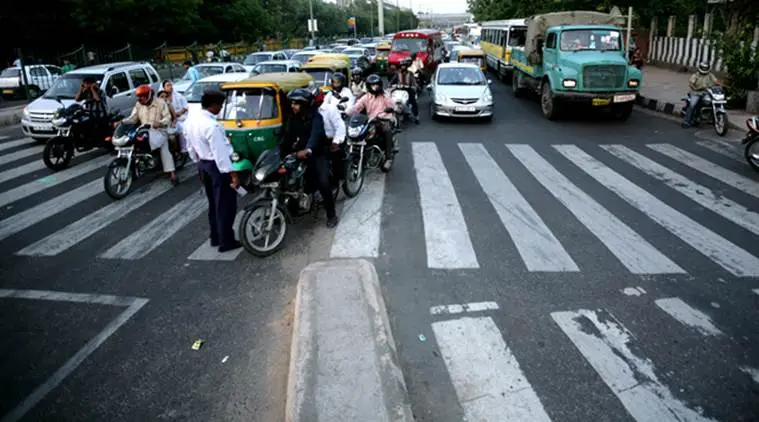India has a serious problem with road safety because of its quickly developing infrastructure and rapidly growing population. Legislators and automakers have worked to encourage safer driving habits and automobiles, but the frightening increase in minor to deadly collisions still looms large over the country.
Safer cars won’t be enough to reduce traffic accidents. In order to reduce traffic accidents, it is imperative that well planned roads be built, that rubble and debris from building sites be removed responsibly, and that drivers adopt safer and more responsible driving habits. which must all help to resolve this dire situation and lessen the issue.
The data pertaining to traffic incidents in India presents a worrisome image. India is the most dangerous country in the world in terms of road safety per capita, with data from 2021 showing that there were 412,432 traffic accidents and up to 153,972 fatalities. A multitude of variables can be ascribed to a considerable proportion of these incidents. These include the rapidly increasing volume of traffic and infrastructure, the inadequacies of road design, and the widespread adoption of irresponsible driving practices, such as the hazardous use of cell phones while operating a vehicle.
The negligent driving habits of drivers are overshadowing the efforts of legislators to enforce road safety rules and the ongoing improvements in safety equipment made by automakers. Ironically, while safety systems proliferate in automobiles, some drivers grow comatose, depending on technology to make up for their negligence when operating a car. This lack of awareness leads to a higher risk of collisions and a disrespect for fundamental traffic laws.
It is critical that driving habits change in order to address the concerning increase in traffic accidents. Although laws and automakers are important players in making the road safer, it is ultimately up to individual drivers to alter the perception of safety.
First and foremost, it is critical to spread the word about the value of road safety through extensive advertising and educational programs. These advertisements ought to stress the negative effects of carelessness as well as the vital part that each person plays in guaranteeing their own safety as well as the protection of other drivers.
Second, stringent enforcement of traffic laws and regulations have to be instituted nationwide. To discourage people from participating in unsafe activities, this includes stiff fines for moving infractions including speeding, reckless driving, and using a phone while operating a vehicle.
Thirdly, in order to guarantee that newly licensed drivers possess the information and abilities needed to drive safely, driver education and training programs must to be thorough and uniform. Experienced drivers can further reinforce safe driving practices by participating in regular awareness programs and refresher courses.
Furthermore, safety must be considered in the construction and upkeep of road infrastructure. The danger of crashes can be greatly decreased by identifying accident-prone regions and putting engineering solutions in place, such as suitable signs, speed-calming measures, and pedestrian-friendly infrastructure.
India’s road safety situation necessitates immediate attention and action. Despite efforts by lawmakers and automakers, the rise in careless driving incidents shows how urgently drivers’ behavior needs to change. In order to increase awareness, implement traffic rules, offer thorough driving education, and upgrade road infrastructure, all parties involved must collaborate. India can work toward creating a more secure and safe driving culture that benefits all users of the roads.

